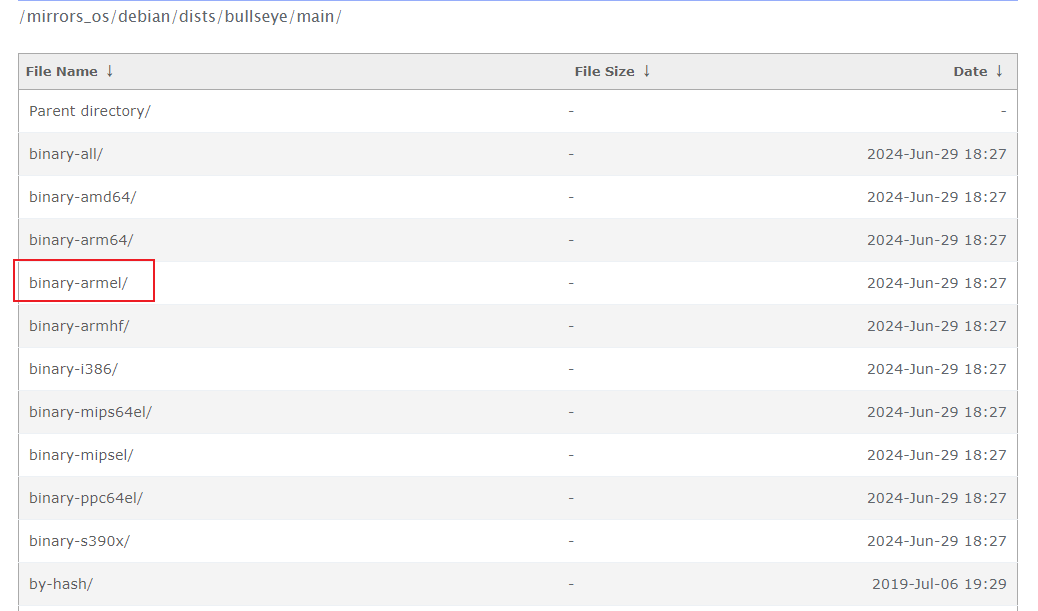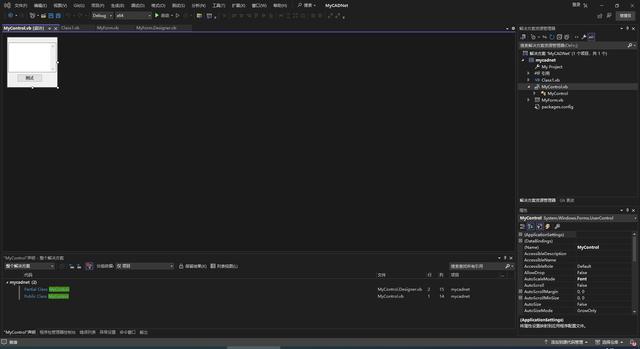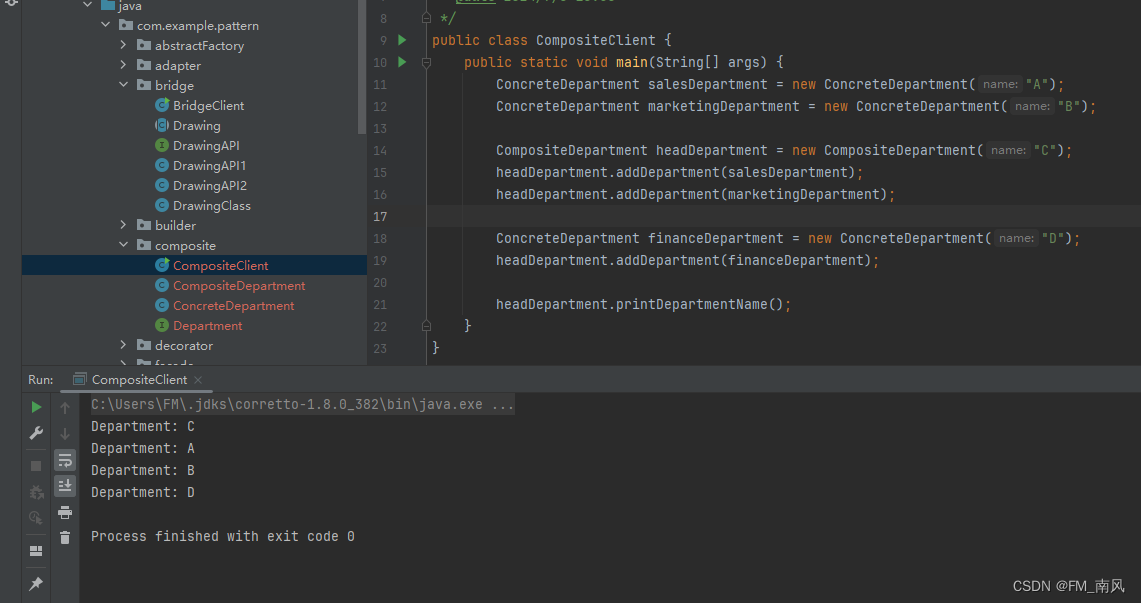如果您想在windows 电脑上设置RTMP服务器,并使用VLC播放器播放OBS的直播流,您可以使用一个本地的RTMP服务器软件,如nginx配合nginx-rtmp-module来搭建。下面 详细介绍下如何搭建此视频流服务。
1、安装和配置本地RTMP服务器
步骤1:下载Nginx_Gryphton
在Nginx官网上下载的Nginx是不带RTMP模块的。所以本文需要下载Gryphton版本的Nginx服务器,即RTMP服务器就是基于Nginx开发的module。
Nginx_Gryphton 下载地址
Nginx_Gryphton 下载地址
http://nginx-win.ecsds.eu/download/

下载 nginx 1.7.11.3 Gryphon.zip 文件,解压缩放在指定的目录下。如我放在
D:\Program Files\nginx

步骤2:下载nginx-rtmp-module,
下载地址 : https://github.com/arut/nginx-rtmp-module
下载地址
将nginx-rtmp-module-master.zip解压到nginx 1.7.11.3 Gryphon目录中,并重命名文件夹为nginx-rtmp-module

步骤3:配置文件 conf\nginx-win.conf
可以先备份一下conf\nginx-win.conf,以防修改出错。cmd 管理员身份运行 notepad 打开文件
然后编辑conf\nginx-win.conf,修改为如下内容。
#user nobody;
# multiple workers works !
worker_processes 2;
#error_log logs/error.log;
#error_log logs/error.log notice;
#error_log logs/error.log info;
#pid logs/nginx.pid;
events {
worker_connections 8192;
# max value 32768, nginx recycling connections+registry optimization =
# this.value * 20 = max concurrent connections currently tested with one worker
# C1000K should be possible depending there is enough ram/cpu power
# multi_accept on;
}
rtmp {
server {
listen 1935;#监听端口,若被占用,可以更改
chunk_size 4000;#上传flv文件块儿的大小
application live { #创建一个叫live的应用
live on;#开启live的应用
allow publish 127.0.0.1;#
allow play all;
}
}
}
http {
#include /nginx/conf/naxsi_core.rules;
include mime.types;
default_type application/octet-stream;
#log_format main '$remote_addr:$remote_port - $remote_user [$time_local] "$request" '
# '$status $body_bytes_sent "$http_referer" '
# '"$http_user_agent" "$http_x_forwarded_for"';
#access_log logs/access.log main;
# # loadbalancing PHP
# upstream myLoadBalancer {
# server 127.0.0.1:9001 weight=1 fail_timeout=5;
# server 127.0.0.1:9002 weight=1 fail_timeout=5;
# server 127.0.0.1:9003 weight=1 fail_timeout=5;
# server 127.0.0.1:9004 weight=1 fail_timeout=5;
# server 127.0.0.1:9005 weight=1 fail_timeout=5;
# server 127.0.0.1:9006 weight=1 fail_timeout=5;
# server 127.0.0.1:9007 weight=1 fail_timeout=5;
# server 127.0.0.1:9008 weight=1 fail_timeout=5;
# server 127.0.0.1:9009 weight=1 fail_timeout=5;
# server 127.0.0.1:9010 weight=1 fail_timeout=5;
# least_conn;
# }
sendfile off;
#tcp_nopush on;
server_names_hash_bucket_size 128;
## Start: Timeouts ##
client_body_timeout 10;
client_header_timeout 10;
keepalive_timeout 30;
send_timeout 10;
keepalive_requests 10;
## End: Timeouts ##
#gzip on;
server {
listen 80;
server_name localhost;
#charset koi8-r;
#access_log logs/host.access.log main;
## Caching Static Files, put before first location
#location ~* \.(jpg|jpeg|png|gif|ico|css|js)$ {
# expires 14d;
# add_header Vary Accept-Encoding;
#}
# For Naxsi remove the single # line for learn mode, or the ## lines for full WAF mode
location / {
#include /nginx/conf/mysite.rules; # see also http block naxsi include line
##SecRulesEnabled;
##DeniedUrl "/RequestDenied";
##CheckRule "$SQL >= 8" BLOCK;
##CheckRule "$RFI >= 8" BLOCK;
##CheckRule "$TRAVERSAL >= 4" BLOCK;
##CheckRule "$XSS >= 8" BLOCK;
root html;
index index.html index.htm;
}
# For Naxsi remove the ## lines for full WAF mode, redirect location block used by naxsi
##location /RequestDenied {
## return 412;
##}
## Lua examples !
# location /robots.txt {
# rewrite_by_lua '
# if ngx.var.http_host ~= "localhost" then
# return ngx.exec("/robots_disallow.txt");
# end
# ';
# }
#error_page 404 /404.html;
# redirect server error pages to the static page /50x.html
#
error_page 500 502 503 504 /50x.html;
location = /50x.html {
root html;
}
# proxy the PHP scripts to Apache listening on 127.0.0.1:80
#
#location ~ \.php$ {
# proxy_pass http://127.0.0.1;
#}
# pass the PHP scripts to FastCGI server listening on 127.0.0.1:9000
#
#location ~ \.php$ {
# root html;
# fastcgi_pass 127.0.0.1:9000; # single backend process
# fastcgi_pass myLoadBalancer; # or multiple, see example above
# fastcgi_index index.php;
# fastcgi_param SCRIPT_FILENAME $document_root$fastcgi_script_name;
# include fastcgi_params;
#}
# deny access to .htaccess files, if Apache's document root
# concurs with nginx's one
#
#location ~ /\.ht {
# deny all;
#}
}
# another virtual host using mix of IP-, name-, and port-based configuration
#
#server {
# listen 8000;
# listen somename:8080;
# server_name somename alias another.alias;
# location / {
# root html;
# index index.html index.htm;
# }
#}
# HTTPS server
#
#server {
# listen 443 ssl spdy;
# server_name localhost;
# ssl on;
# ssl_certificate cert.pem;
# ssl_certificate_key cert.key;
# ssl_session_timeout 5m;
# ssl_prefer_server_ciphers On;
# ssl_protocols TLSv1 TLSv1.1 TLSv1.2;
# ssl_ciphers ECDH+AESGCM:ECDH+AES256:ECDH+AES128:ECDH+3DES:RSA+AESGCM:RSA+AES:RSA+3DES:!aNULL:!eNULL:!MD5:!DSS:!EXP:!ADH:!LOW:!MEDIUM;
# location / {
# root html;
# index index.html index.htm;
# }
#}
}
步骤4:启动RTMP服务器
打开CMD,进入nginx_1.7.11.3 Gryphon目录下,执行如下指令

可以看到有个光标一直在闪,就说明RTMP服务器启动成功了
2、OBS 安装 和开启直播设置
OBS下载地址
Open Broadcaster Software是一个免费的开源的视频录制和视频实时交流软件。其有多种功能并广泛使用在视频采集,直播等领域。
下载地址:
https://obsproject.com/

安装过程省略,简单。
在来源那儿 添加 窗口播放,我这里打开了VLC 播放器窗口。

接下来点击 右下角 设置按钮。

配置OBS:
打开OBS。
添加您想要直播的内容(例如:游戏、屏幕、摄像头等)。
在“输出”设置中,选择“自定义”服务器。
输入RTMP服务器地址,例如:rtmp://直播电脑的IP地址:1935/live。
“播放路径/流密钥”可以设置为任何您喜欢的字符串,例如:stream。
点击“开始推流”按钮。
最后点击开始 直播 就可以了。
然后VLC输入刚才的RTMP URL : rtmp://127.0.0.1:1935/live/test
其他电脑就可以播放了。


















